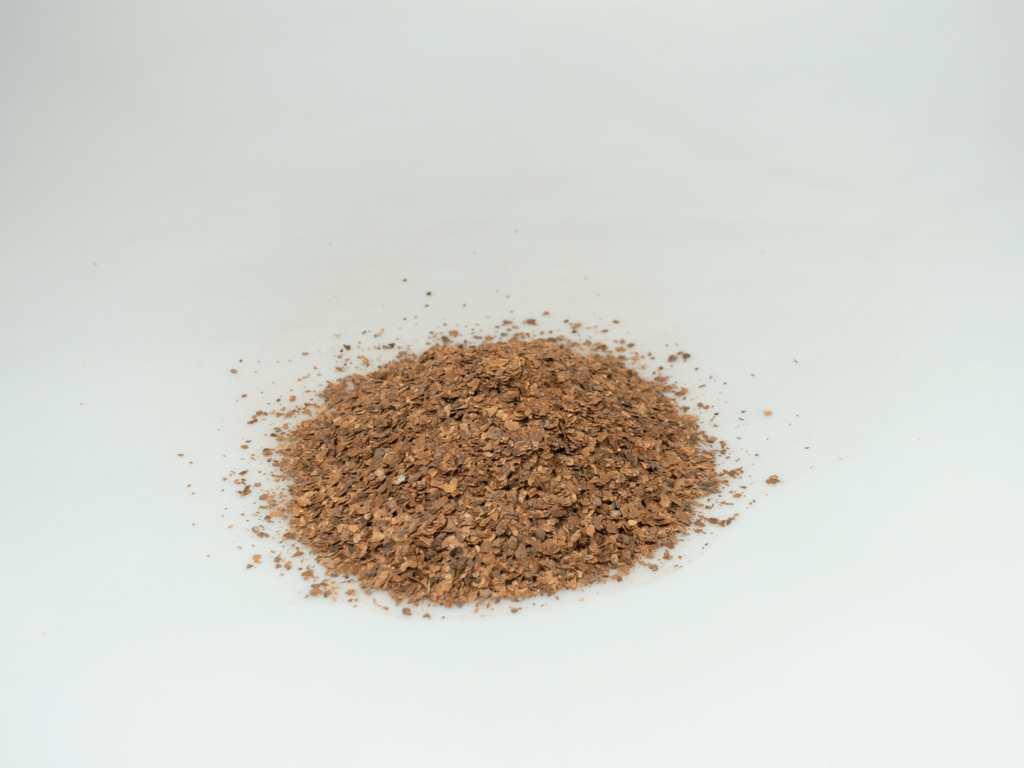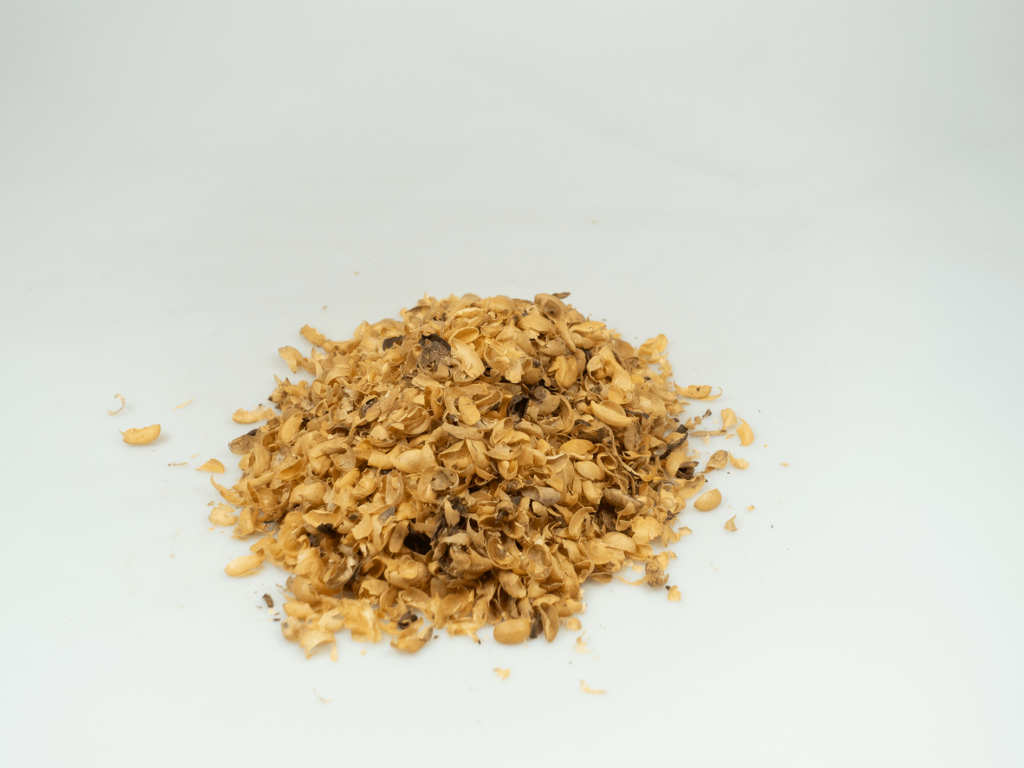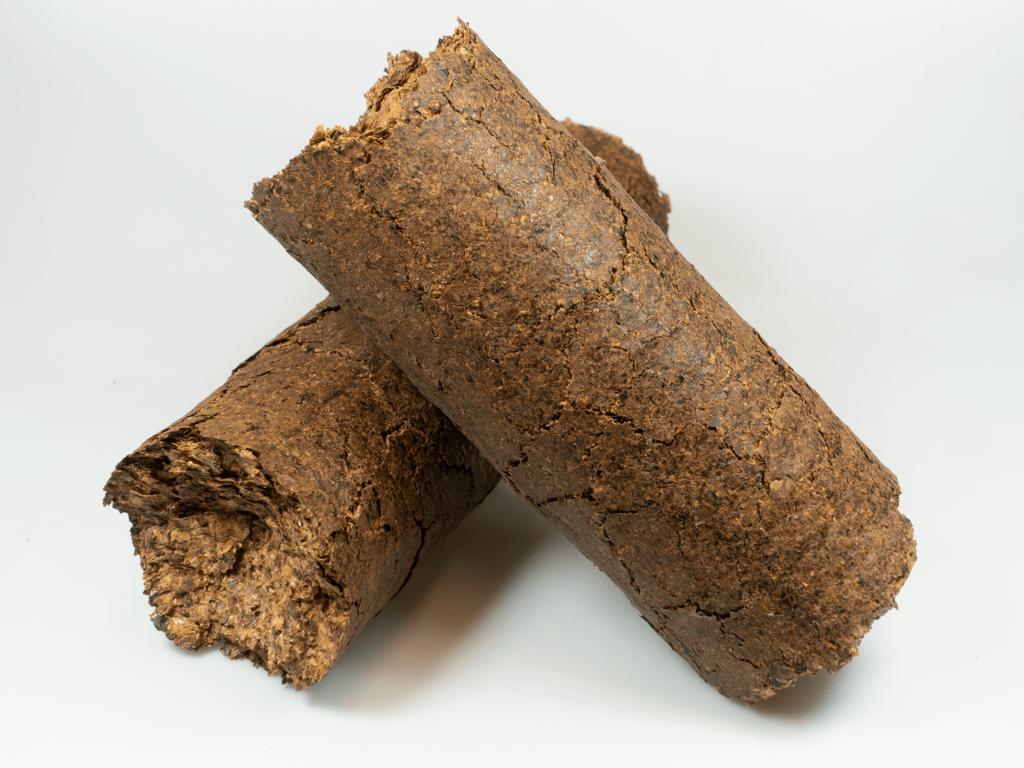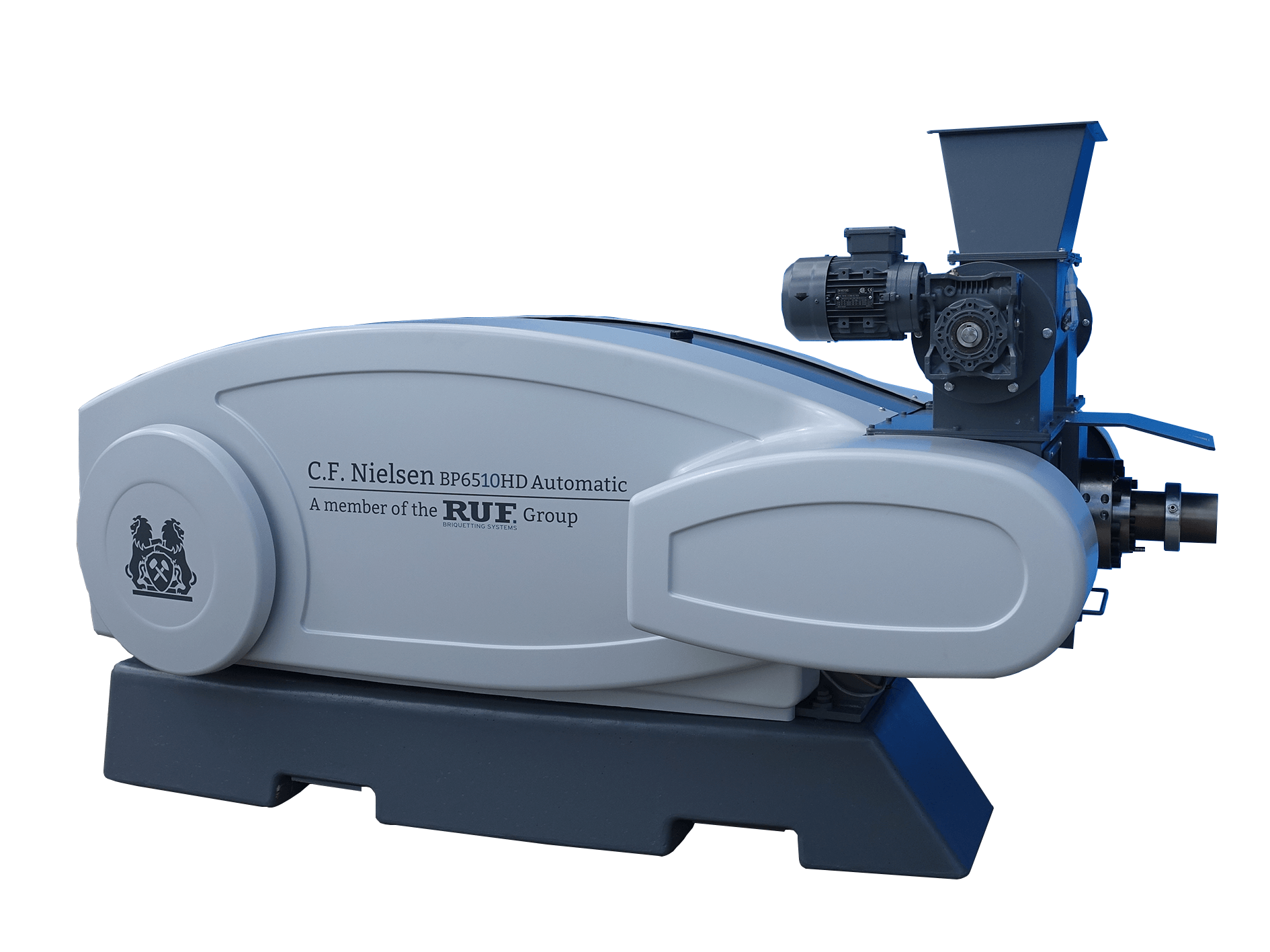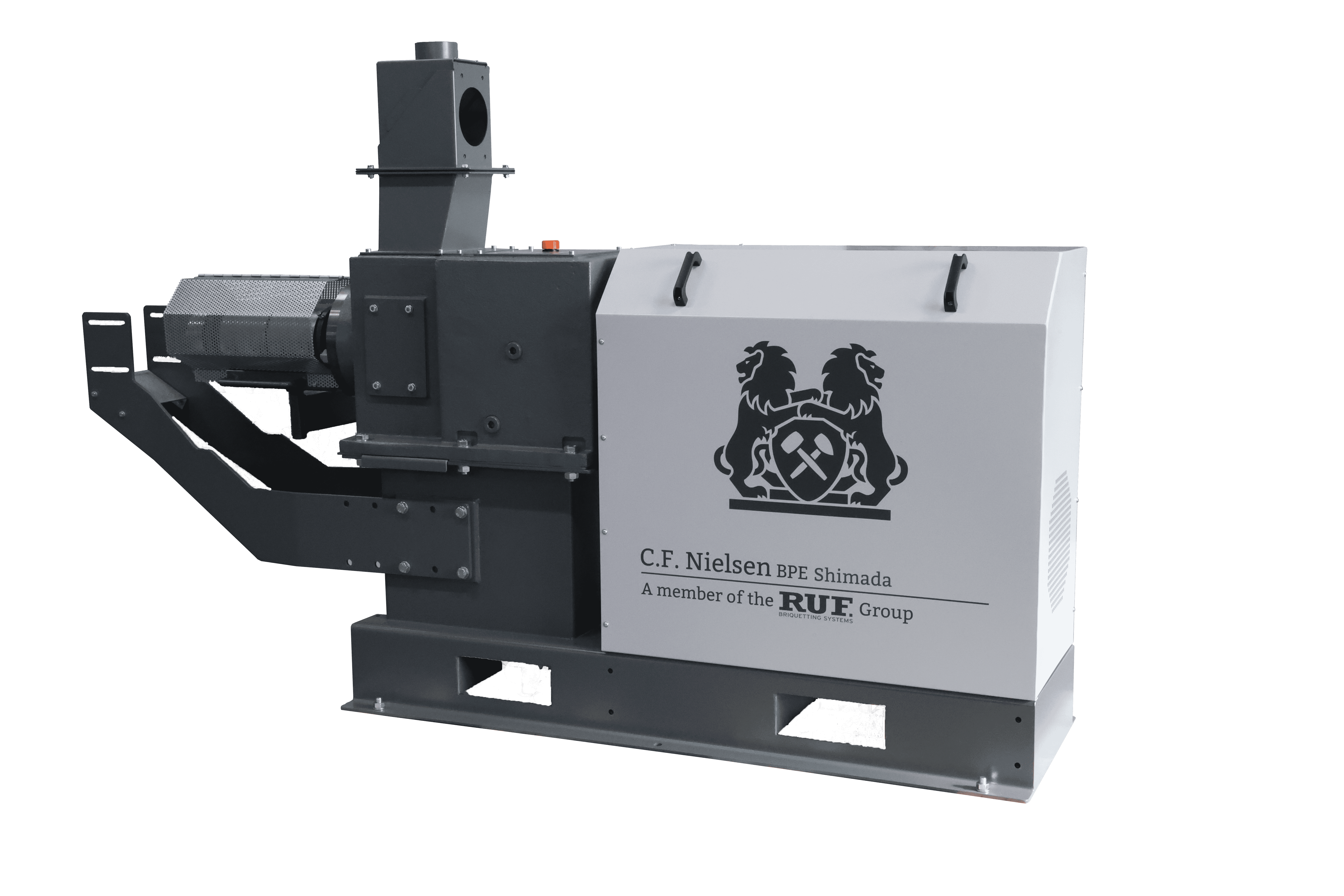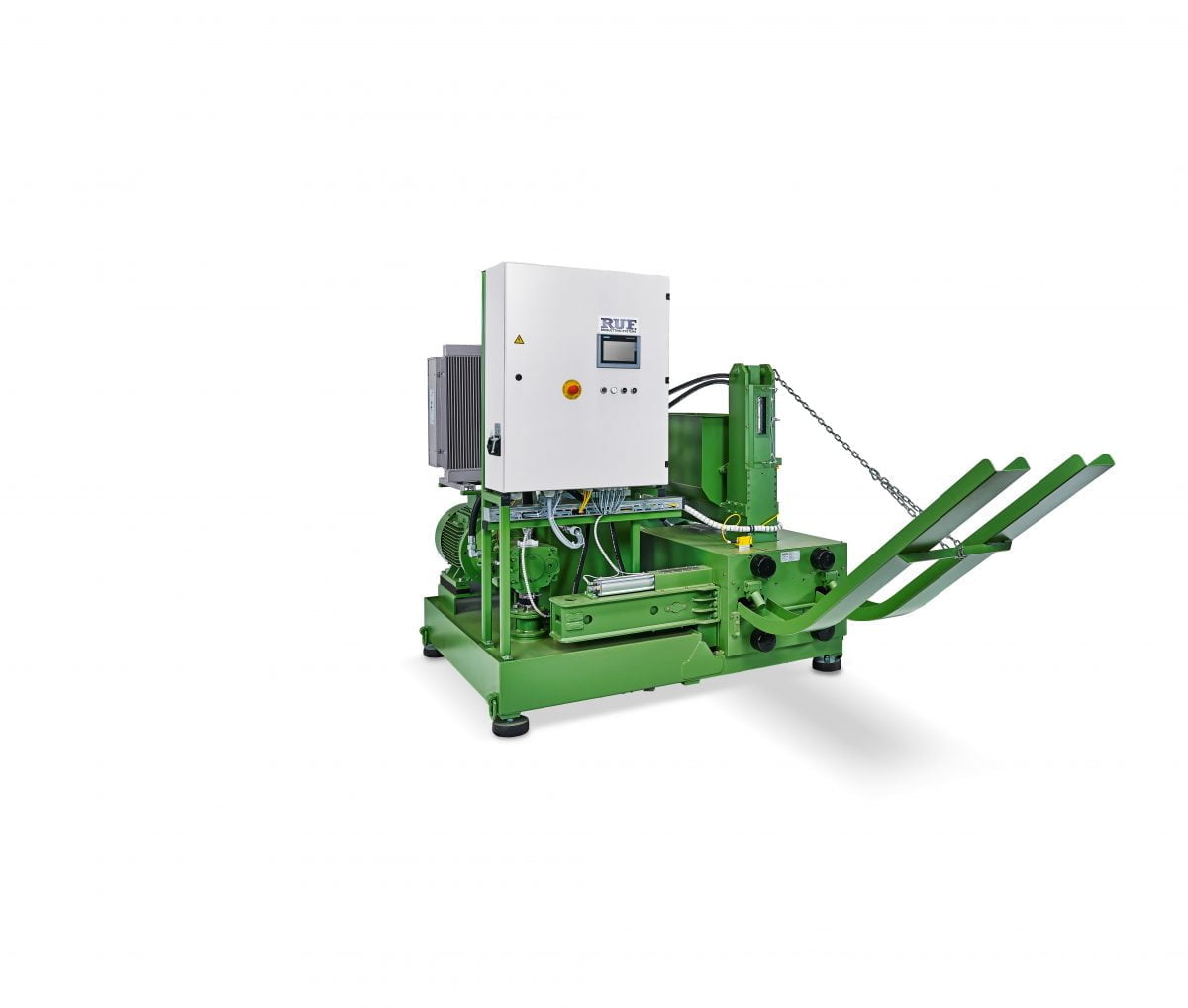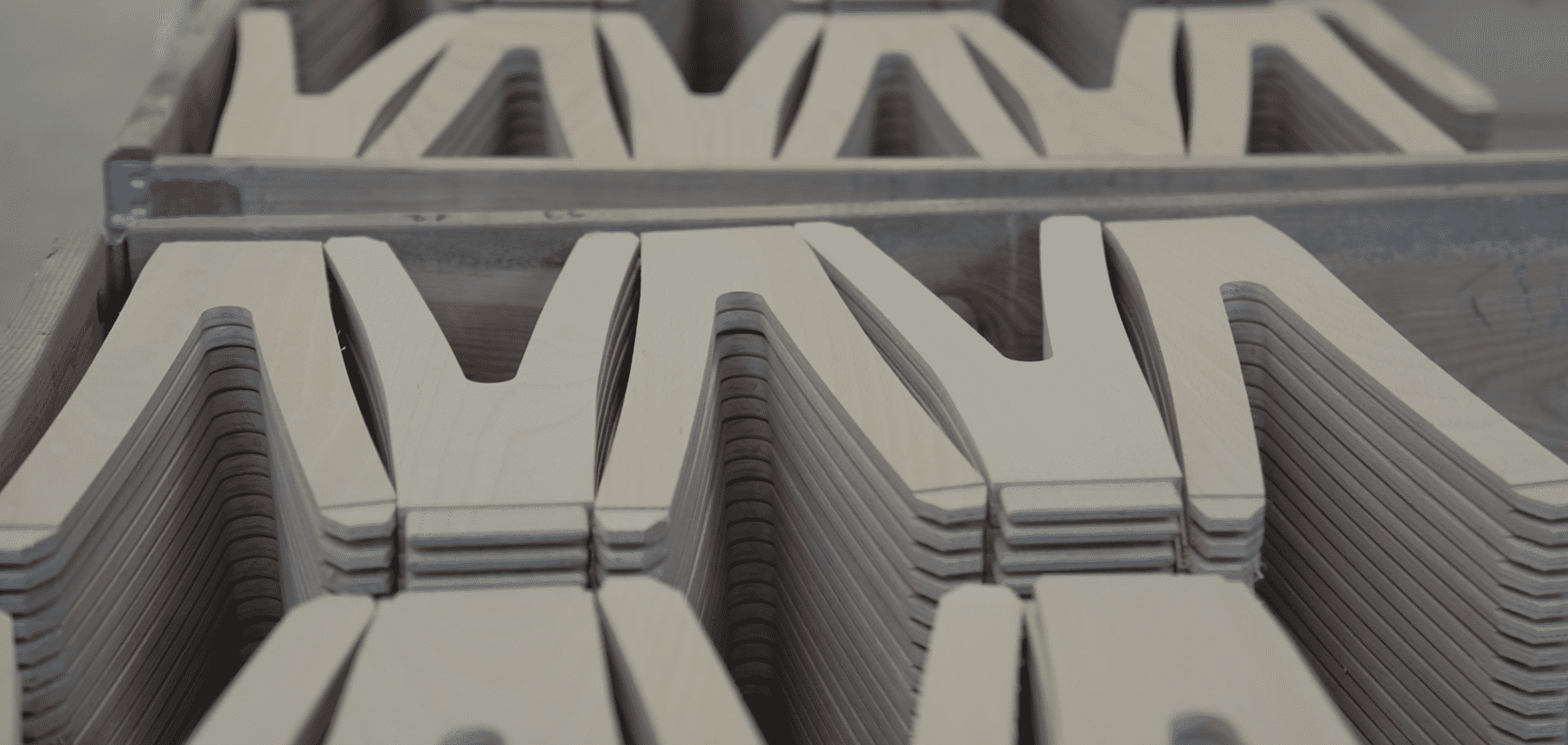
A Danish Collaboration Providing Global Inspiration
As a furniture manufacturer, Carl Hansen & Søn produces 4-5 tons of wood residues daily.
This was a strenuous task on both Carl Hansen & Søn and the environment, costing both money and unnecessary carbon emissions from the trucks.


